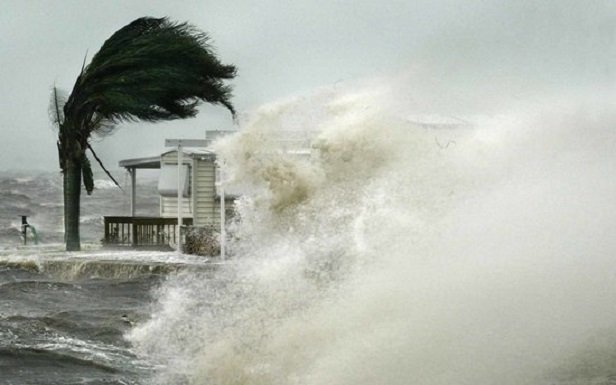 Increased hurricane activity must change the conversation around flood coverage between agents and brokers and their clients. (Photo: Shuttersock)
Increased hurricane activity must change the conversation around flood coverage between agents and brokers and their clients. (Photo: Shuttersock)
We've been here before. Only this time, we need to truly learn something from what is happening.
As I write this, Hurricane Harvey is relentlessly lashing the Lone Star State with a deadly trifecta of heavy rains, high winds and, as if that wasn't enough, tornadoes. More than 30 inches of rain (9 trillion gallons of water, enough to fill the entire Great Salt Lake in Salt Lake City — twice) has been dumped on the Greater Houston area and Southeast Texas. It is a disaster of unprecedented magnitude, and at press time, it is still not over.
Recommended For You
Want to continue reading?
Become a Free PropertyCasualty360 Digital Reader
Your access to unlimited PropertyCasualty360 content isn’t changing.
Once you are an ALM digital member, you’ll receive:
- Breaking insurance news and analysis, on-site and via our newsletters and custom alerts
- Weekly Insurance Speak podcast featuring exclusive interviews with industry leaders
- Educational webcasts, white papers, and ebooks from industry thought leaders
- Critical converage of the employee benefits and financial advisory markets on our other ALM sites, BenefitsPRO and ThinkAdvisor
Already have an account? Sign In Now
© 2025 ALM Global, LLC, All Rights Reserved. Request academic re-use from www.copyright.com. All other uses, submit a request to [email protected]. For more information visit Asset & Logo Licensing.








